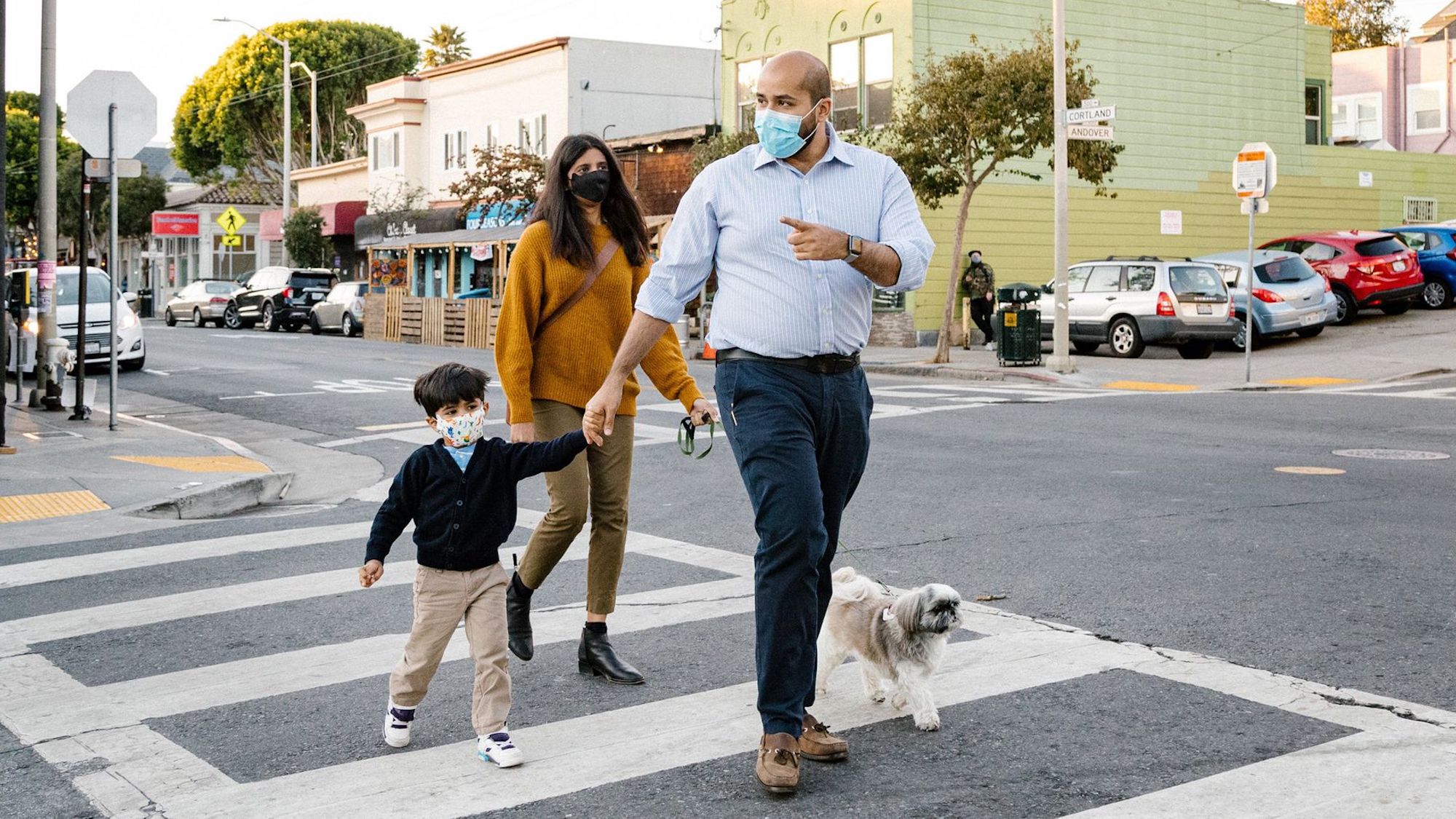
Jason Henry for The Wall Street Journal
Before Covid, Masood Qazi didn’t spend much time in his San Jose, Calif., neighborhood. He went to work at Qualcomm, his wife, Anicham Kumarasamy, commuted to her office at Amazon, and their 3½-year-old son attended day care. On weekends, the family went on outings around the Bay Area.
But once both parents started working from home, and their son was no longer in day care, Mr. Qazi started to pay more attention to a nagging feeling they weren’t living in the right spot. They hadn’t made many friends, even though they’d been there six years. It bothered him that people didn’t smile at each other very often when they passed on the street. He also felt that posts on the social network Nextdoor for his neighborhood lacked compassion toward the homeless.
Over the summer, the couple started looking at Bernal Heights, a neighborhood in San Francisco they’d read had a tight community where people held socially distanced street parties and started a sidewalk food bank. They started hanging out there for a few hours every weekend, taking their dog for walks and going to the parks. Mr. Qazi noticed people would say hello and strike up conversations.
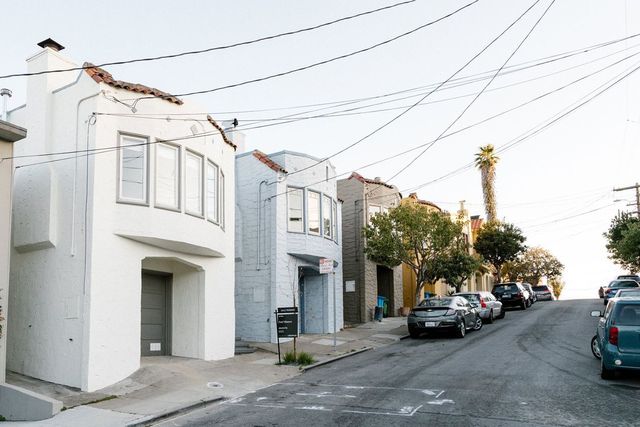
Jason Henry for The Wall Street Journal
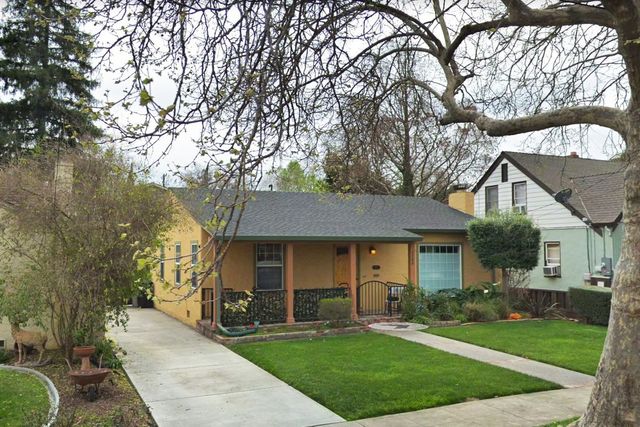
Google Maps
“We felt comfortable there,” says Mr. Qazi, 36. He and his wife bought a three-bedroom, two-bathroom home in Bernal Heights earlier this month for $1.9 million (18% over asking price), even though their house in San Jose was bigger, had a better yard and was closer to their offices. “Covid switched our emphasis from the house to the neighborhood,” he says.
Since the pandemic, real-estate agents say they have noticed a change in how people shop for houses: Neighbors have become a more important factor. Remote schools mean neighborhoods can be packed with children playing outside on weekdays. That’s great for families with children, but maybe not for empty-nesters.
Noise matters even more to people who have switched to working from home—especially if it is a continuing construction project or a crowing rooster. The spontaneous coffee with the co-worker in the next cubicle has been replaced with a walk outside and a chat with the neighbor.
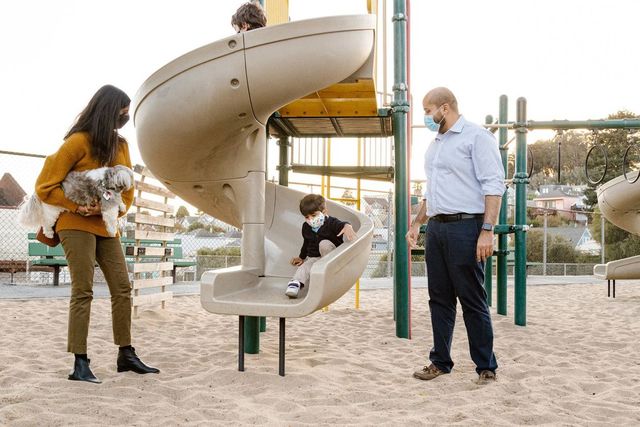
Jason Henry for The Wall Street Journal
Driveway cocktail parties have filled the social gap that live parties and events once did. During the recent national and local elections, a car parade in support of one candidate, or too many yard signs in support of another, was sometimes enough to make clients reject a house, real-estate agents say.
“Neighborhoods are just so much more important now,” says Francie Malina, with the Francie Malina Team in Dobbs Ferry, N.Y. There is more of a need to belong, since neighborhoods now form bubbles, where people travel and socialize together, and organize their children into learning pods. This Halloween, many neighborhoods closed their streets to outside trick-or-treaters.
A recent survey from online home-improvement marketplace Improvenet of 2,500 Americans showed 69% of them have gotten to know their neighbors better during the pandemic and 65% have made an effort to be more friendly than usual. Fifty-seven percent say neighbors have helped to fill the void of visiting with friends and family during the pandemic, 54% say they have had at least one socially distanced gathering with neighbors, 67% have offered help of some sort to their neighbors, and 62% say they have received the same offer in return.
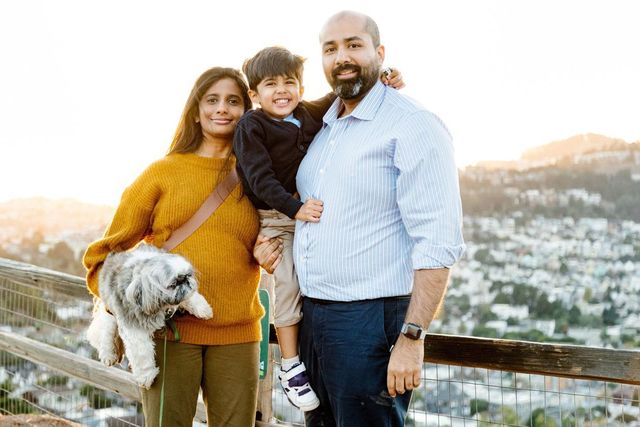
Jason Henry for The Wall Street Journal
Existing-home sales rose 4.3% from September to October, to a seasonally adjusted annual rate of 6.85 million, the highest level since February 2006, the National Association of Realtors reported. The October sales marked a 26.6% increase from a year earlier. According to a Pew Research Center survey conducted in June, around one in five adults in the U.S. either changed their residence due to the pandemic or know someone who did.
“A lot of people can’t stand where they’re living now. They want to feel part of a community,” says Helen Pederslie, a broker with Realogics Sotheby’s International Realty in Bellevue, Wash.
Getting the feel for a neighborhood isn’t as easy as just asking an agent. The Fair Housing Act, passed in 1968 as part of the Civil Rights Act, prohibits discrimination in housing based on race, religion and other factors. That means agents can’t give clients any information about the neighbors’ race, religion, sexual orientation, disability, or familial status, according to Kris Gomez, a real-estate broker with San Diego Castles Realty in San Diego. So if buyers want to learn about the neighbors, the best way is to talk to them.
“You’d be surprised at how candid neighbors can be,” says Dana Bull of Sagan Harborside Sotheby’s International Realty in Marblehead, Mass. She encourages her clients to write letters and emails to neighbors to ask questions before they buy anything. She also suggests they join Facebook neighborhood groups, where postings by members offer clues about neighbors’ concerns, or check Google Image to see if there are trampolines or swimming pools at the houses nearby, or anything else noteworthy.
“We always give them the names of people to talk to,” says Jennifer Burden, founder and associate broker with Legacy Real Estate in San Francisco.
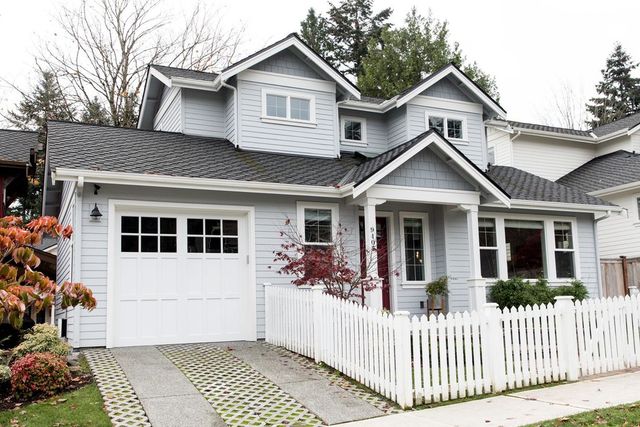
Brooke Fitts for The Wall Street Journal
Lauren Pacella put notes into the mailboxes next to a house she was thinking about buying in Beverly, Mass., in May. She and her fiancé, James Cassin-Reed, wanted to leave the city of Boston and move somewhere where they would know their neighbors, she says. One person called her back and answered her questions: Yes, he said, people were friendly and nice—and there was nothing she needed to know, he said.
Ms. Pacella had been to seven open houses in a range of areas, but her googling revealed that the street in Beverly was full of young families with children, which was what she was seeking. She and Mr. Cassin-Reed bought a five-bedroom, five-bathroom, 4,539-square-foot house, with an open floor plan and a large kitchen, for $1.28 million in May in Beverly. “Everyone knows what everyone is doing, and I like that,” says the 31-year-old director of a staffing firm.
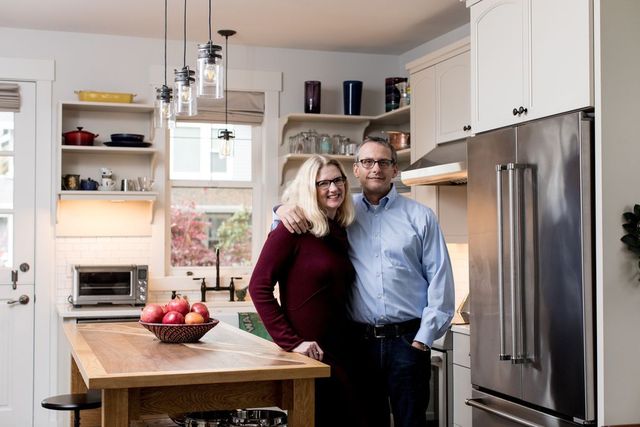
Brooke Fitts for The Wall Street Journal
Finding a friendlier neighborhood was important to Joe Platzner and Michelle Banks. Mr. Platzner, 56, who works at Boeing, and Ms. Banks, 50, who is a fundraiser for the Seattle Zoo, were each living separately in their own rental apartments, Mr. Platzner in West Seattle and Ms. Banks near Greenlake. They didn’t notice until Covid, when they started working from home full time, how estranged and transactional their neighborhoods were: No one knew each other, people were loud, and they were lonely in their apartments all day, seeing no one else. “It really changed my perspective,” says Ms. Banks.
The couple, who are not married, decided they wanted to live together in a house somewhere friendlier. The presence of neighbors at a house they went to see in Kirkland, Wash., made an impression. People were outside and included the couple in conversation. They liked that there was a shared common courtyard, a converted barn that everyone could use and a small homeowners association—and that the owners of the seven other houses all seemed to be around their age.
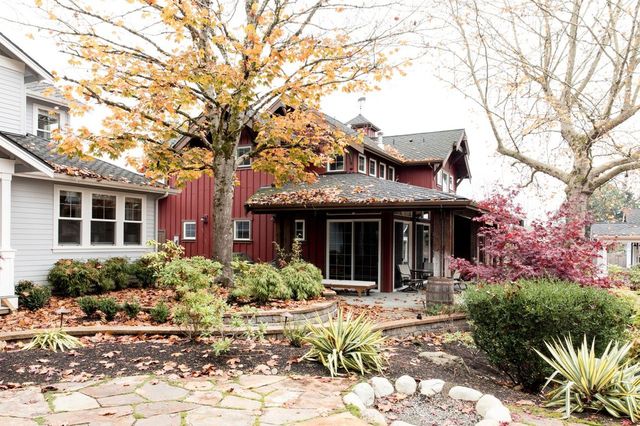
Brooke Fitts for The Wall Street Journal
They bought their new house together in October for $1.1 million, which was full price. “There’s a lot of human interaction—getting the mail, going in and out of the barn, wine on weekends,” says Mr. Platzner.
Taylor Bigley spent time walking around and talking to people in the neighborhood in Greenville, S.C., where she was interested in buying a house. Then she found out that her supervisor lived across the street from the house she was looking at. That clinched the deal: They see each other all the time, both for work conferences and on weekends with their children, who are around the same ages.
“Relying on who you are around became the most important thing in the pandemic,” says the 32-year-old marketing executive, who bought her house in September. “Who you live around, who is across the street is what matters.”
The post Home Buyers During Covid Say It Takes a Village To Find a House appeared first on Real Estate News & Insights | realtor.com®.
